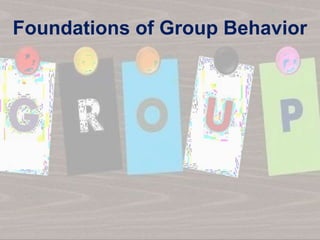Here are the key indicators of the norming stage:
- Establishing roles and responsibilities
- Developing trust and cohesion
- Setting performance standards and expectations
- Reaching consensus on goals, priorities and ways of working
- Increased cooperation and collaboration
- Less interpersonal conflict
- Emergence of group identity and norms
The players start to understand each other better and develop trust. They agree on team rules and standards. Conflicts reduce as roles and responsibilities get defined. Team bonding and cooperation increases.






















































